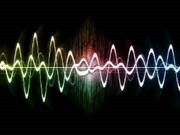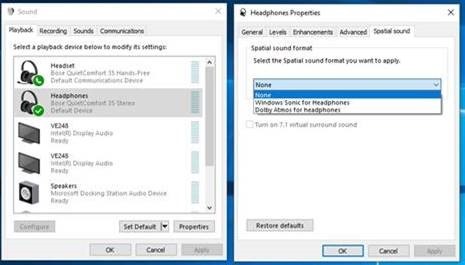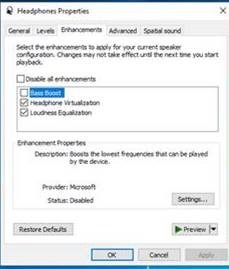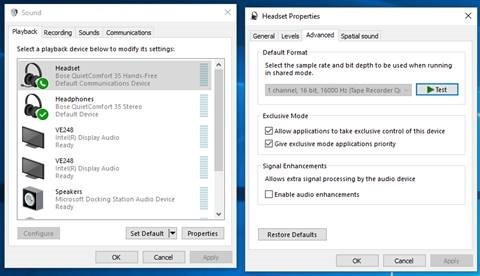Tip o' the Week 398 – New Dimensions in Sound
High fidelity sound is delivered via a combination of lots of overlapping but distinct technology; from the quality of the original recording equipment, technique and media the sound was recorded onto (if analogue) , or the bit-depth & format used to encode all the way from the point of recording to the moment of consumption (if digital) , and all of the equipment used to turn the sound recording back into vibrating air. Many words are written on the merits of this bit of kit, or that piece of cable – YMMV. Lucasfilm realised in the late 1970s that despite going to great lengths at the point of production to assure the quality of video and audio, there was little way of guaranteeing that cinemas showing films had anything like the quality of AV reproduction kit required to render the experience for the movie-goers. As a result, they came up with THX – a certification system rather than a specific recording technology, though many viewers confused the two; maybe because of the various THX idents that preceded popular movies, starting in 1983 with Return of the Jedi, through other mainstream hits like Terminator 2 and even a spoof-turned-ident Simpsons special.
You may have seen some of their idents before… like here and here. And if you’ve bought an Audio-Visual Amplifier in the last 20 years, it probably came festooned in stickers proclaiming all the certifications it had. Dolby Atmos is one more recent development of surround sound encoding & reproduction technology; originally designed for movie theatres with hundreds of speakers and able to precisely position a pin-drop anywhere in the auditorium. There are a growing number of Atmos-equipped cinemas around, but the curious would still need to go out of their way to find both a suitable location and the right content to watch and listen to. Predictably, there’s an Atmos consumer version aimed at enticing AV users to upgrade their existing 7.1 system to a fancier setup. And there’s also a version of Dolby Atmos for the PC, too – maybe most useful for headphone users, and delivered to Windows 10 users via the Dolby Access store app. It costs cash money to use, but you can trial for 30 days free of charge and make up your mind if it’s worth the $15 to keep it going. It won’t turn your 2-channel headphones into a 64-channel Atmos theatre, but it does provide some interesting software-driven tuning, akin to several other 3D software sound systems. Interestingly, it also runs on Xbox One, showcasing the benefits of the Win10 PC and Xbox sharing the same base OS. There’s the free Windows Sonic that might give you a similar experience. A note from intrepid reader, Peter Martin – if you have some Carlos Fandango Bose wireless noise cancelling jobs (as worn by frequent flyers as if to say, “I travel so much, I carry these $400 cans that take up half my hand luggage, because they’re Just Better ”) , then it’s worth heading to Bose’s firmware update page and installing the software to check and update your chunky funks. Pete also says: For some cool sounding audio effects, check out Windows Sonic and Dolby Atmos settings. Also, if you're looking for a more robust sound, enable the enhancements on the Headphones device. Note that the enhancements can be a bit over the top, especially on bass, so play around to your liking… When connected, if you hear audio dropouts during audio calls, try disabling Signal Enhancement on the Hands-Free device setting… |
Comments
- Anonymous
October 26, 2017
The comment has been removed - Anonymous
October 27, 2017
Hey, my previous comment was deleted?This still doesn't make up for what happend with multi-channel audio since Vista.




